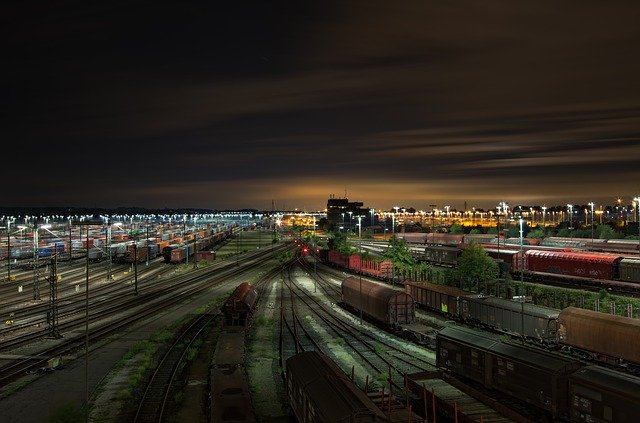How is a Wagon Stopped in a Hump Yard?
Stopping of a separate wagon or group of wagons in hump yards is carried out as follows:

1. Somebody runs along the wagon and applies the wagon’s brake at the point where it needs to be stopped.
2. Retarders may be employed to stop the moving wagons. These are blocks or bars which are fixed on either side of the rails. The retarders are operated automatically and when operated, they press against the sides of wheels of the moving wagons. The moving wagons are thus brought to a stop.
3. Skids may be placed on the rails. A moving wagon will drag the skid and the friction thus developed will prevent the further movement of the wagon. This method is adopted in India.
However, the action of hump yards is a little uncertain because the rate of movement of wagons depends on some factors such as:
a) The climatic condition
b) Different types of axle-boxes; and
c) The weight of wagons.
Read More: